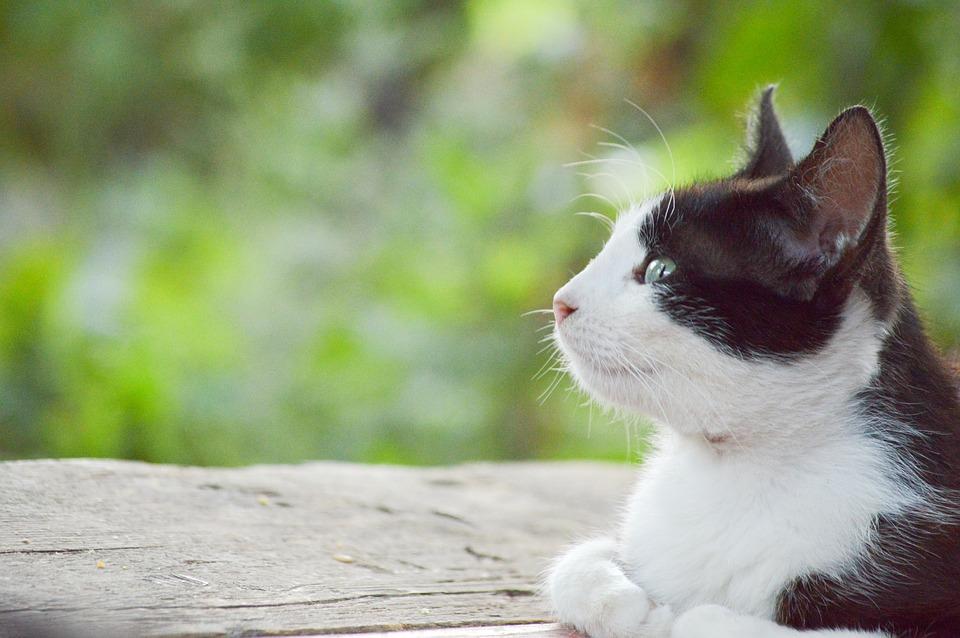Understanding a Cats Behaviour
•Posted on November 28 2017


Whether it is your first time owning a pet cat, or you have had experience looking after one before, it is recommended to try and understand your cat’s behaviour. Its mood is reflected in the way he or she acts and behaves. Therefore, if you have a basic understanding of your cat’s body language, you will be able to recognise signs of distress, hunger and affection. By acting on these as soon as possible and doing your best to make your little companion happy again, you will create a closer bond between you and your cat.
Happy
Cats use their heads to show affection, so if you think your feline is trying to head-butt you, it is simply showing you some love and demanding attention and stroking. It’s a feline way of saying ‘I love you.’ Alert body language is also a sign of a content kitty. An upright tail is a positive sign as it means your cat feels comfortable and relaxed in your company. A happy cat will lay down with its belly exposed, again showing it is comfortable and content in their environment. Spend some quality time with your cat as this is the ideal time to bond.
Anxious
A worried cat will demonstrate very nervous body language- arched back, ears flat to its head and moving very slowly in a crouched position, almost as though it is preparing to run. They could have been frightened or scared by sudden, loud noises or movements, so don’t try and pick up or stroke them. Let your cat calm down and relax in their own time and they will come to you when they are ready to show affection again.
Angry
If your cat shows signs of anger or unhappiness, stay away until their mood improves. Trying to pick them up or touch them could be seen as a threat and they could lash out, bite or scratch you. Signs of anger are hissing or growling, raised hair and arched back to make itself look as intimidating and threatening as possible, and a hard glare. Keep your distance and remove any motivation for the distressed state until your cat becomes less aggressive.
Lonely
Although they are known for being fiercely independent animals, cats still love having a companion to share experiences and affection with. They are much lower-maintenance than dogs, but when left alone for long periods of time they can become bored and lonely. Signs include destructive behaviour, clinginess, over-grooming or bad behavioural traits such as purposely not using their litter-box or spraying. This is attention seeking behaviour and a clear sign that your cat needs a friend.
A healthy cat is a happy cat! Make sure your kitty gets all the nutrients it needs to grow and develop by feeding it Simpsons Premium. See the range here.


